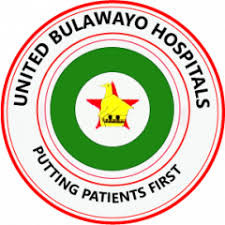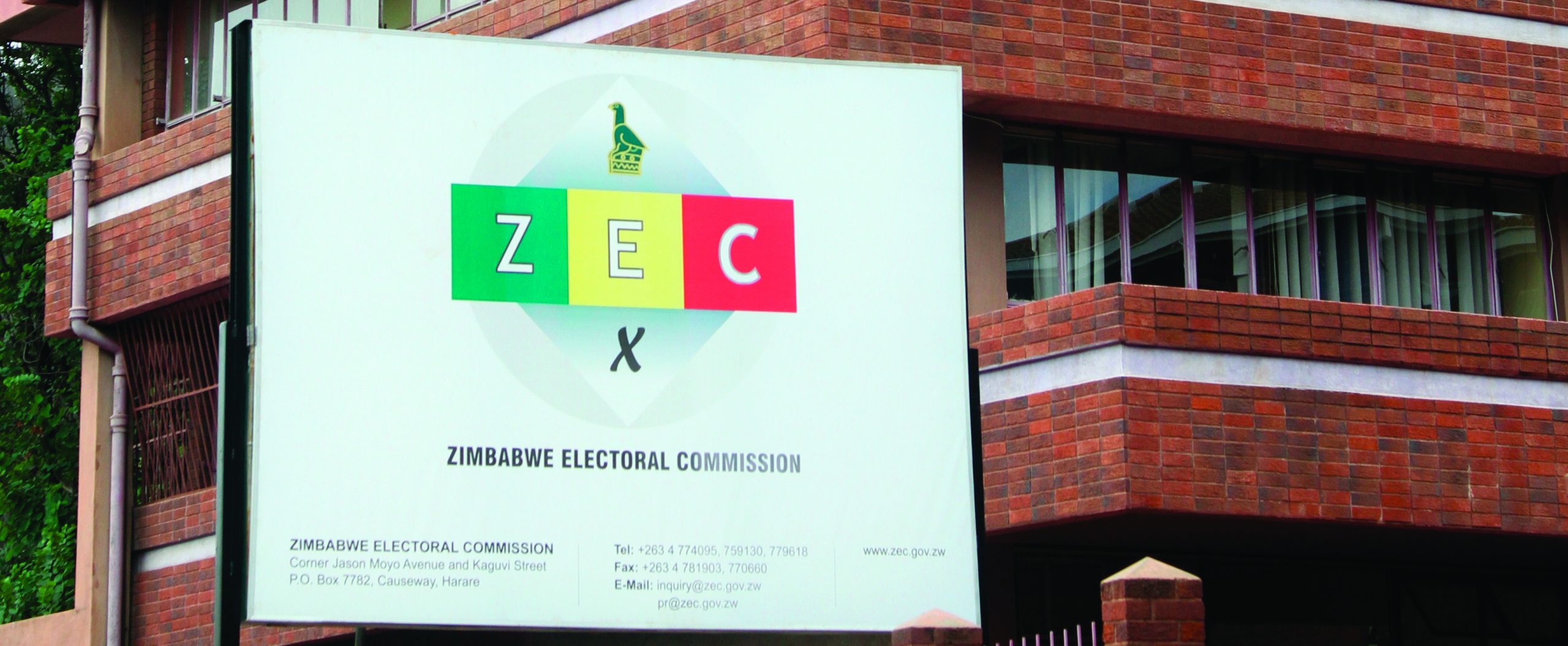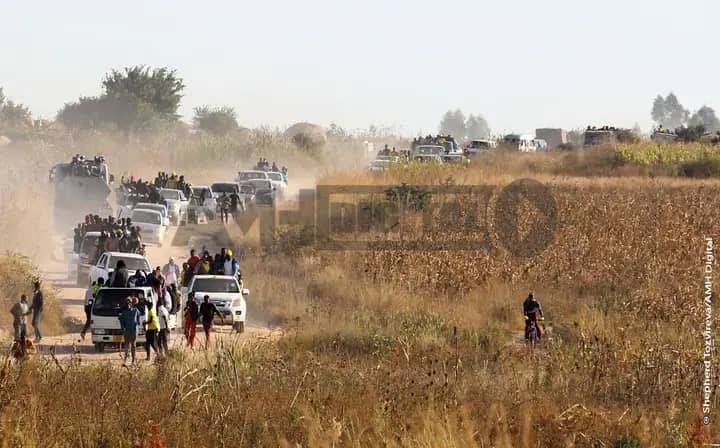
By Masimba Manyanya
Early November Sabhuku Samaita escaped death by a whisker after being pummeled by hail stones in a freak storm that intercepted him on his way to his village home, as he came back from the business centre where he had quite ironically, escaped to for a drink with fellow mates. “Escaped to” (in his own narration of events) because he had spent a whole previous week literally besieged at his home trying, with his Committee of Seven, to resolve mounting village challenges, without much success. There were issues to do with new stands allocations, illegal land sales, repairs to boreholes, destruction of early planted maize crop by rains, village roads destroyed by rains and were now rivers in the making, gaps in the distribution of Pfumvudza agricultural inputs, boundary disputes between villagers, delays with the village clinic fund contributions and impending visits by council officials to talk about a new Covid variant.
A serious concern that always bothered Samaita was the contentious pegging of communal land without warning by the local council during the time of his predecessor in the 1990s. Apparently council had allocated 10 urban type stands as compensation to villagers affected by pegging exercises. But these stands never reached their beneficiaries. A potential corruption case that was now hanging over Samaita’s head.
The day had started busy as usual. By 5pm, and in the midst the pressures of work, Samaita told his secretary that he was going “next door”. If he delayed coming back the team could just continue with the meetings and do the best they could, then brief him upon his return. He just then disappeared, with his US$10 in his pocket to pay for some “breathing space” at the local business centre. But after a short two hours of revelry, Samaita had to rush back home as a dark ominous cloud showing imminent rains had covered the sky. The freak storm brought great damage to homes in its wake and many had to flee elsewhere for safety. As the freak storm relentlessly pounded earth, all Samaita could do as he struggled to reach home was cover his head with his arms for protection. Rains often bring blessings. But sometimes great damage. Meaning more cases for Sabhuku to deal with. As it lies within the perimeters of the expanding Harare city, Samaita village faces challenges typical to many peri-urban regions around the country.
The village headman
The village headman remains an intrinsic aspect of Zimbabwe’s rural and cultural life. A village head in Zimbabwe really symbolizes respected, revered leadership, whose activities are shaped by close genetic and social connections. The village head is generally responsible for ceremonial functions, addressing funeral events, and mediating conflict within the village.
In Zimbabwe cities and towns tend to expand outwards, or horizontally, and as this happens, large crowds of often wealthy individuals, invade the rural landscapes with their perimeter walls, boreholes and driveways. The population influx means an unprecedented spike in population demand for basic local services. The new entrants also bring new social values as well as shifts in local power balances, often associated with the erosion of traditional constituencies of village heads. The new urbanites can easily drill their own borehole at their own premises and donate water to the whole community. When this happens they suddenly have a social power base that even competes with the village head. Suddenly there is intense local competition among all locals to “build up to standard”. Prospects of quick money, fuelled in part by relentless poverty, become very real through illegal land sales. Sooner rather than later the whole village is transformed with the erection of new urban dwellings, boreholes, and electricity connections. More often than not, excluding the village head’s own personal dwellings. He remains impoverished.
Challenges of change
- Chamisa under fire over US$120K donation
- Mavhunga puts DeMbare into Chibuku quarterfinals
- Pension funds bet on Cabora Bassa oilfields
- Councils defy govt fire tender directive
Keep Reading
In a pre-urbanisation era, rural communities earn their livelihoods tilling the land for maize, as well as livestock production. When urbanisation inevitably “arrives” villages wake up suddenly to the realisation that the farming and grazing lands are no longer theirs, and that it was going to be sold to prospective private homeowners from other parts of Zimbabwe. Peri-urban lands (also called outskirts or the hinterland,) include spaces, forms, and structures resulting from urbanisation. As rural spaces for the expansion of cities, peri-urban areas encompass landscape interfaces between town and country; a rural-urban transition zone where urban and rural mix tend to clash”. In Zimbabwe, peri-urban regions typify conflict zones as cities and towns expand into communal areas without clear land rights or coping mechanisms in dealing with emergent conflicts.
The disappearance of agricultural land as a primary livelihood source, against the background of expanding human needs in communal areas sparks off an economic and also social livelihood crisis, resulting in intensive land utilisation of limited spaces, and environmental degradation. Within a short space of time communal residents, particularly women, will be scrounging for money to pay for basic necessities such as food, shelter, health and education. In summary, the general experience points to;
- Rapid increases in local population
- Spike in population demand for roads, health, education and other services
iii. High population mobility as people continually migrate between urban and rural during the transitory phases, which particularly complicates local service delivery
- Intense competition and conflict for land between “invaders”, (also represented by advancing municipality interests on the other hand and retreating rural populations on the other)
- The flourishing of illegal land transactions and other acts of criminality
- Extreme vulnerability of poor and landless people living in the peri-urban regions.
Quite noteworthy, the peri-urban region degenerates into a conflict zone, bringing huge burdens on local traditional leadership structures that are, on the other hand, ill-equipped (technically, financially, or organisationally to cope with the serious impending challenges. Samaita and his league find themselves in a corner that is difficult to escape from. This all is further complicated by the lack, or absence of systematic planning by government and council authorities. Meaning to a very large extent the peri urban area is shaped by ad-hoc reactions to emerging crises. With the perspective on the life experience of Sabhuku Samaita and his poor village, it becomes important to address imperatives of “economic justice” which the Zimbabwe Coalition on Debt and Development (Zimcodd) defines as “a set of moral principles for building economic institutions, the ultimate goal of is to avail an opportunity for each person to create sufficient material foundation upon which to have a dignified and creative life.” (www.zimcodd.org)
Transitional solutions
A ‘transitional council’ of local chiefs, headmen and village headmen who regularly interact in advisory capacity with the Local Authority is one proposal to address peri-urban land conflicts. Transitional here applies to the graduation from rural to urban. This suggestion is reinforced by constitutional responsibilities of local authorities in terms of building local knowledge, and the confidence of local communities, equipping them with information about local challenges and policy opportunities in emergent economic and policy environments. Below are possible areas of priority for the Transitional Council;
- a) Minimising land losses, population relocations/ displacements and disruptions of livelihoods;
- b) Developing adequate legislative, institutional and policy mechanisms to protect the poor and vulnerable rural communities during acquisition of communal lands by municipalities and councils;
- c) Developing educational and public awareness campaigns on Constitutional rights and policy privileges in the context of the encroaching urbanisation, targeting in particular, councils, traditional leaders, and rural communities;
- d) Prioritising regularising existing land holdings in peri urban and communal areas for conversion into urban residential plots. Where land had been taken away by Councils, compensation has to be considered;
- e) Developing properly planned peri-urban regions as these lay the essential basis for well serviced urban, industrial, agricultural, commercial and housing infrastructure in the future
- Masimba Manyanya is a Policy Analyst.
- *These weekly Insights articles are coordinated by Lovemore Kadenge, an independent consultant, past president of the Zimbabwe Economics Society (ZES) and past president of the Chartered Governance & Accountancy Institute in Zimbabwe (CGI Zimbabwe) . Email – [email protected] and Mobile no. +263 772 382 852










